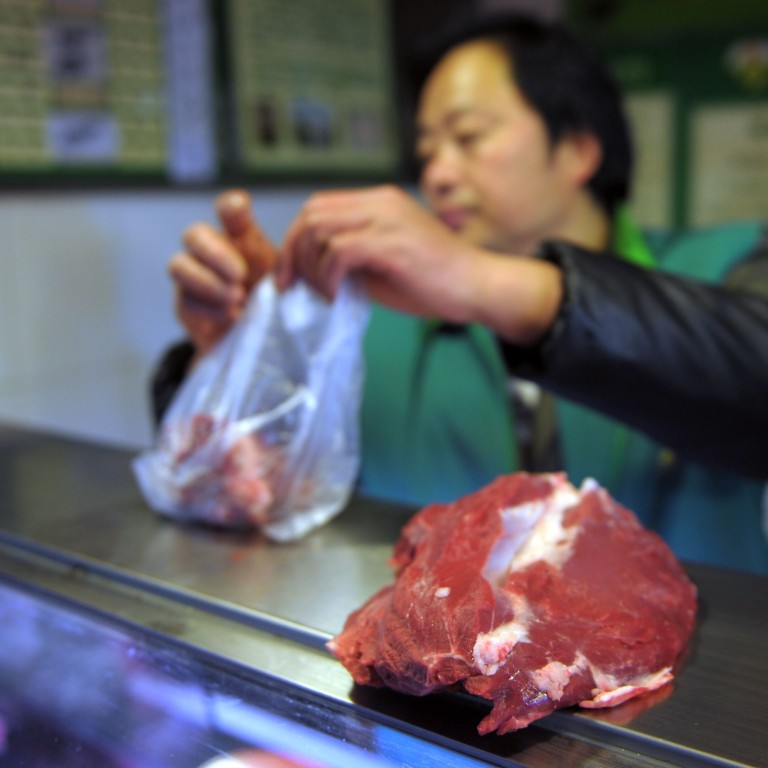
Police seize fake beef in China
A few weeks ago I was back home in Ireland, which, as you may recall, was at the heart of the horse meat scandal. It emerged that horse meat was being passed off as beef in many processed meat products such as burgers, pies and lasagna, and as a result, people are now extremely wary of what they eat. You walk into a butcher and they will literally tell you the breed and name of the steer that died to provide your pound of minced rump, along with the exact field where it grazed, the farmer who reared it and what it ate for breakfast the day they butchered it. Too much information for some people, but better than the alternative. With the exception of the French and Polish, who seem happy to devour horse without a second thought, most west Europeans prefer to ride, not eat, their ponies.
What always puzzled me was, why substitute horse for beef in the first place? It was explained to me that while a large horse carcass was worth euros 300, a similar sized beef steer kills out at euros 3,400 - no contest. The profit margin in passing off horse as beef was and remains, enormous. The majority of these are not fine-boned thoroughbreds used for racing – though they too get the bullet if they’re too slow, injured or old - same as many do at the Jockey Club here. Yes, racing is a brutal business. Check the government figures for what animal carcasses end up in the incinerator and landfill in Hong Kong. I don’t have the current numbers on hand, but among the government statistics listing the literally thousands of discarded pigs (that did not die of old age) and unwanted dogs and cats that met an untimely end at the hands of the Agriculture Fisheries and Conservation Department (AFCD), you will find a significant and regular number of horses. Which, by process of elimination, must come from the Jockey Club, because apart from a few riding schools and clubs, which mostly come under the auspices of the Jockey Club anyway, there are no other horses in Hong Kong. But don’t worry, the local race horses don’t end up in burgers, they don’t even go into pet food, they just get incinerated.
Pork for beef in Xian
Back in Europe, it was big coarse hairy-heeled heavy horses that were bred especially for eating. Someone somewhere must have been churning them out in large numbers secretly, because at no point in the last five years did you drive through the Irish or English or French countryside and see fields full of horses being fattened up for the table. Maybe they were in sheds, unless all of them came from Poland, which is possible.
While watching one of those wall to wall cooking programmes the other night I heard a chef in Chengdu excitedly extolling the virtues of spicy rabbit stew. He said China produced more rabbits than any other country. Rabbit tastes a lot like chicken and it’s so cheap, he said. That made me wonder. How many times have I been gnawing away on a chunk of what was supposedly chicken, when in all probability it was a bit of bunny? It’s probably best not to ask. Or else, turn vegetarian.

